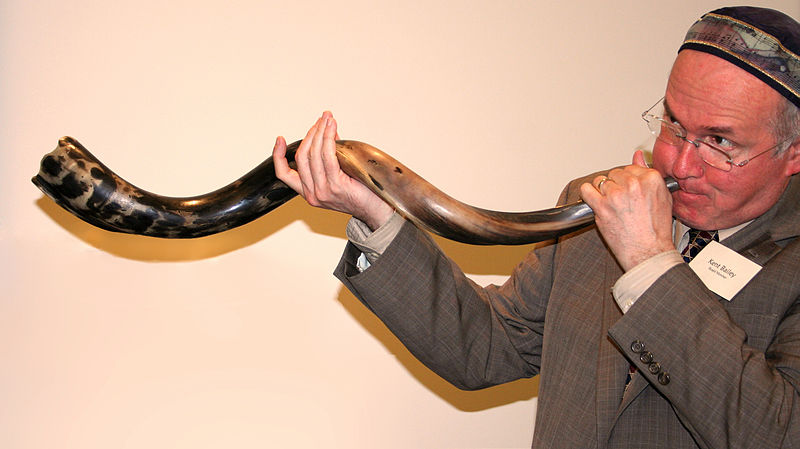Rosh Hashanah
On the 20th of September this year, the Jewish community celebrate its religious New Year. ‘Rosh Hashanah’ in Hebrew literally means ‘head/first of the year’, and marks the beginning of the Jewish Days of Awe, perhaps the most important ten days in the Jewish calendar. Most synagogues are filled to the brim during these days as this is a time for repentance, and many important religious traditions are performed throughout this period.
Rosh Hashanah always starts at the beginning of Autumn, and similarly to Christianity’s Advent, has a month of preparation and build-up. Services tend to be longer, and the shofar - a hollowed out ram’s horn and staple of this time of year - is blown every weekday morning to wake people from their complacency, reflect on the year just gone and prepare for the new one ahead. Much like other versions of the New Year, Rosh Hashanah is a time to set yourself new challenges and targets for the comings months. A longer service is performed in the day, with religious poems recited and a special prayer book is used. The shofar is blown in several different manners (short, staccato, and long blows) many times through the service and during prayers, eventually the congregated will have heard 100 blows by the end of the service.

Honey dipped apple slices are an almost universal tradition on Rosh Hashanah, and are eaten to symbolise a sweet new year. Another popular practice of the holiday is Tashlikh ("casting off"). Jews walk to flowing water on the afternoon of the first day and empty our pockets into the river, symbolically casting off our sins. Small pieces of bread are often put in pockets to cast off. The common greeting for this year is ‘L'shanah tovah’ which means ‘a good year’ so…
L’shanah tovah to all our Jewish friends and colleagues!
